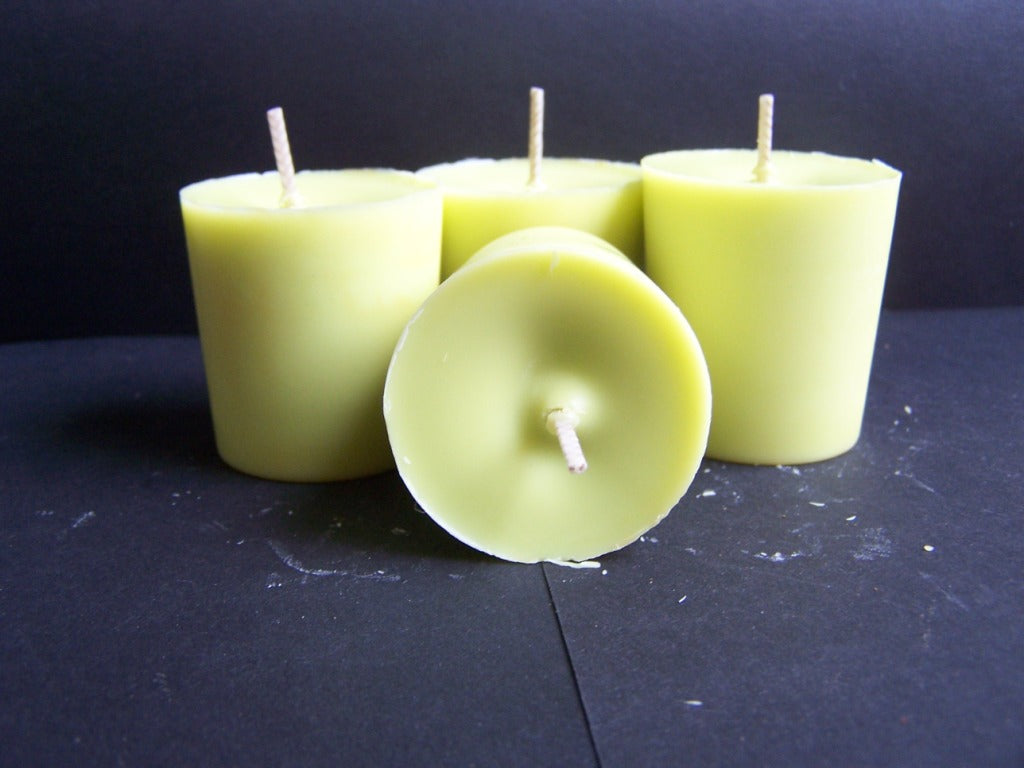Brighten Your Atmosphere with Crystal Soy Candles and Home Fragrance
Brighten Your Atmosphere with Crystal Soy Candles and Home Fragrance
Blog Article
From Wick to Wax: Understanding the Chemistry Behind Soy Wax Candles and Their Ecological Effect
As we brighten our spaces with the cozy glow of candle lights, there exists a realm of intricate chemistry behind the relatively easy act of lighting a soy wax candle light. The selection in between soy and paraffin wax expands past simple visual appeals, delving into the realm of ecological impact and the extremely composition of the materials. Recognizing the molecular framework of soy wax and its burning procedure clarifies the discharges launched into our surroundings. Join us as we decipher the clinical complexities behind soy wax candle lights and discover their ramifications on our environment.
Soy Wax Vs. Paraffin Wax
When comparing soy wax and paraffin wax for candle production, it is necessary to comprehend the unique qualities and advantages of each product. Soy wax is an all-natural, sustainable source originated from soybean oil, making it naturally degradable and environmentally friendly - candles. In comparison, paraffin wax is a byproduct of petroleum refining, which raises issues concerning its environmental effect and sustainability
Soy wax candles shed cleaner and produce much less residue compared to paraffin wax candle lights, making them a much healthier option for indoor air top quality. Furthermore, soy wax has a lower melting point, enabling a longer-lasting candle that distributes fragrance a lot more efficiently. Paraffin wax, on the other hand, has a tendency to melt faster and less easily, possibly releasing harmful chemicals into the air.
From a sustainability perspective, soy wax is favored for its biodegradability and sustainable sourcing, aligning with the growing customer preference for ecologically conscious items. While paraffin wax has actually been a standard option in candle light making due to its affordability and ease of use, the change in the direction of environment-friendly alternatives like soy wax is gaining momentum in the sector.
Chemical Structure of Soy Wax

Burning Refine in Soy Candles
The chemical make-up of soy wax directly affects the combustion process in soy candles, affecting aspects such as shed time, fragrance launch, and environmental influence. When a soy candle is lit, the warmth from the fire thaws the wax near the wick.
The burning performance of soy candle lights is affected by the pureness of the soy wax and the high quality of the wick. A clean-burning soy candle light with an appropriately sized wick will certainly reduce and produce a constant fire residue formation. This not just prolongs the shed time of the candle however likewise boosts the release of fragrances. Additionally, soy wax candle lights have a reduced environmental effect contrasted to paraffin candle lights because of their renewable and biodegradable nature.

Environmental Advantages of Soy Wax

Considered a sustainable option to conventional paraffin wax, soy wax uses significant environmental advantages that make it a preferred selection among eco-conscious consumers. Soy wax burns cleaner and generates much less soot than paraffin wax, adding to much better indoor air quality and decreasing the requirement for cleaning and upkeep. Overall, the ecological benefits of soy wax align with the expanding demand for lasting and environmentally friendly items in the market.
Recycling and Disposal Factors To Consider
Recycling and correct disposal of soy wax candles play an important function in keeping environmental sustainability and reducing waste in communities and homes. The first step is to ensure that the candle has actually melted you can try this out totally when it comes to reusing soy wax candle lights. This can be achieved by enabling the candle to shed up until the wick is no much longer usable, and then allowing the staying wax cool and solidify. As soon as the wax has solidified, it can be meticulously gotten rid of from the container.

In terms of disposal, if recycling is not a choice, soy wax candles are naturally degradable and can be securely gotten rid of in most family waste systems. It is constantly suggested to check with neighborhood reusing facilities or waste administration solutions for details standards on candle light disposal to make certain appropriate handling and ecological defense.
Verdict
Finally, the chemistry behind soy wax candle lights discloses their environmental advantages over paraffin wax candles. Soy wax, obtained from soybean oil, burns cleaner and generates much less residue when compared to paraffin wax. The burning procedure in soy candle lights is a lot more efficient, bring about a longer and extra even shed. Additionally, soy wax is renewable and biodegradable, making it a more lasting choice for candle light manufacturing. Reusing and correct disposal of soy wax candle lights better contribute to their environmental effect.
When comparing soy wax and paraffin wax for candle light production, it is essential to comprehend the distinct features and benefits of each material (candles).Soy wax candles melt cleaner and emit much less residue compared to paraffin wax candles, making them a much healthier selection for indoor air top quality.Thought about a lasting choice to typical paraffin wax, soy wax supplies remarkable ecological benefits that make it a preferred choice among eco-conscious consumers. Soy wax burns cleaner and generates less soot than paraffin wax, adding to much better indoor air high quality and minimizing the requirement for cleaning and upkeep.In conclusion, the chemistry behind soy wax candle lights exposes their ecological Resources benefits over paraffin wax candle lights
Report this page